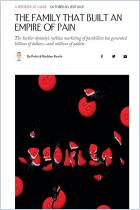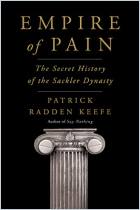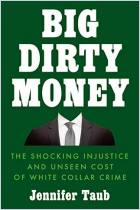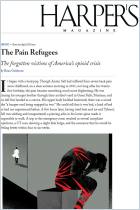Зарегистрируйтесь на getAbstract, чтобы получить доступ к этому краткому изложению.

Зарегистрируйтесь на getAbstract, чтобы получить доступ к этому краткому изложению.
Sam Quinones
Dreamland
The True Tale of America's Opiate Epidemic
Bloomsbury Press, 2016
Что внутри?
A tidal wave of prescription painkillers and Mexican heroin created a deadly rise in US opiate addiction.
Recommendation
In the United States, medical beliefs about treating pain shifted near the end of the 20th century toward greater use of opiates. “Pill mills” proliferated as doctors wrote prescriptions without closely examining patients. As journalist Sam Quinones reports, the opiate epidemic left America vulnerable to Mexican heroin. A network of heroin cells called the Xalisco Boys operated like a pizza-delivery business. Such cells and the proliferation of pain clinics generated widespread addiction. In 2012, opiates led to more unintended deaths in the US than car accidents. Quinones shows how pharma companies and heroin dealers produced the deadliest drug scourge in American history.
Summary
About the Author
Journalist and author Sam Quinones has written two narrative nonfiction books about Mexico and Mexican immigration: True Tales from Another Mexico and Antonio’s Gun and Delfino’s Dream.




















Comment on this summary